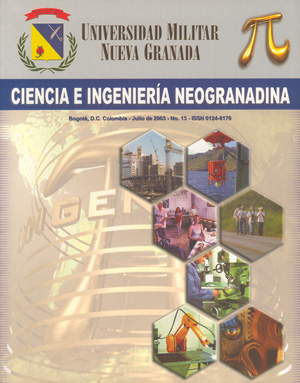Humedales artificiales para el tratamiento de aguas residuales
Resumen
The development of constructed wetland technology for wastewater treatment has gone a long way and from an experimental and unknown empirical method, which was capable of handling wastewater a sound technology was developed. Thanks to research, and the work of many public and private companies that have gather valuable operation information, constructed wetland technology has evolved to be a relievable, versatile and effective way to treat wastewater, run off, handle sludge and even improve environmental quality and provide recreation sites, while maintaining low operation and maintenance costs, and at the same time, producing water of quality that can meet stringet regulations, while being and enviromental friendly solution to treat wastewaters. Constructed wetlands can be established in many different ways and its characteristics can differ greatly, according to the user needs, the geographic site and even the climatic conditions of the area. The following article deals with the general characteristics of the technology and physical and chemical phenomena that govern the pollution reduction with in the different available systems.
Descargas
Referencias bibliográficas
Borner T., Felde K., Gschossl T., Gschossl E., Kunst S.n and Wissing F. (1998). Germany, en Constructed wetlands for wastewater treatment in Europe. (ed. Vymazal, J., Brix, H., Cooper, P. F., Green, M. B., and Haberl), pp. 169-190. Rbackhuys Publishers, Leiden, The Netherlands.
Brix H. (1997). Do macrophytes play a role in constructed treatment wetlands? Wat.Sci. Tech.35, 11-17. IWA publishing.
Brix H. and Johansen N.H (1999). Treatment of domestic sewage in a two-stage constructed wetland- design principles. In: Vymazal J. (Ed.), Nutrient cycling and retention in natural and constructed wetlands. Backhuys Publishers, Leiden, The Netherlands, page 155-163.
Cooper P. (1998). A review of the design and performance of vertical flow and hybrid reed bed treatment systems. En proceedings of 6th International Conference of Wetlands Systems of Water Pollution Control, Aguas de Sao Pedro, Brazil, September 27 a October 2 de 1998 (ed. Tauk-Tornisielo).
Crites R., Tchobanoglous G. (1998). Small and decentralized wastewater management systems. McGraw Hill Inc. Boston.
EPA DK (1999). Rodzoneanlaeg op til 30 PE Vejledning fra Miljostyrelsen 1, 1-46.
Giraldo E., Zárate E. (2001). Development of a conceptual model for vertical flow wetland metabolism. Wat. Sci:Tech vol 44 No 11-12, pp. 273-2807. IWA publishing.
Giraldo E., Zárate E. (2001). Removal of hydrogen sulphide BOD from brackish water using vertical flow wetlands in a Caribbean environment. Wat.Sci. Tech vol 44 No 11-12 pp361-367. IWA publishing.
IWA (2000). Constructed wetlands for pollution control. Processes, performance, design and operation. IWA Specialist group on use of macrophytes in water pollution control. IWA publishing, London, England.
Kadlec R., Knight R. (1996) Treatment wetlands, Lewis- CRC publishers, Boca Raton, FI, USA.
Vymazal, J.B., Brix, H., Cooper, P.F, Green, M.B., and Haberl, R. (eds.) (1998). Constructed wetlands for wastewater treatment in Europe. Backhuys Publishers, Leiden. The Netherlands.
Williams J.B., Zambrano D., Ford M.G. May E., Butler J.E (1998). Constructed wetlands for wastewater treatment in Colombia. En proceedings of 6th International Conference on Wetlands Systems for Water Pollution Control, Aguas de Sao Pedro, Brazil, September 27 a October 2 de 1998 (ed. Tauk- Tornisielo).











